Who can see your post?
Your post will show up in News Feed, on your profile and in search results.20,000 Global Kinsella Family Members
| Days | Hours | Minutes | Seconds |
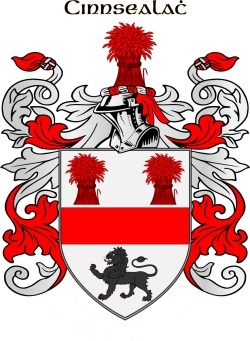
Sunday 13th July
2pm (New York), 7pm (Ire)
| Days | Hours | Minutes | Seconds |

Sunday 13th July
2pm (New York), 7pm (Ire)
Our in-person family gatherings
Our TEDx talk about family gatherings
Kinsella Family History
The surname Kinsella has its origins in the name of the old Gaelic kingdom of Uí Cinnsealaigh (anglicised as Hy Kinsella) which included most of north County Wexford and parts of south Wicklow and south Carlow. The territory was ruled by chiefs of the Mac Murchadha (anglicised MacMurrough) who were also kings of Leinster. Kinsella is a form of the Gaelic nickname Cinnsealach, meaning proud or authoritative and is one of the few native Gaelic surnames without the prefix Mac or O.
Kinsella did not become a recognised surname until it was adopted in the twelfth century by King Dermot MacMurrough’s son, Énna. Although there had been an Irish king of Leinster, Énna Cinnsealaigh, who reigned in the fourth century, it is from MacMurrough’s son Énna that later Kinsellas take their name.
In Sir William Petty’s ‘Census’ of 1659, the name Kinsella (or one of its many variants) is mentioned as the Principal Irish Name of households in the baronies of the following counties:
County Wexford
Bantry Barony: Kinsalagh (8); Gorey Barony: Kensly (11).
County Carlow
Carlow Barony: Kinsalagh (8); Idrone and St Mullins: Kensalagh (14).
County Kildare
Offaly Barony: Kinselagh (6); Narragh & Reban Barony: Kinselagh (5).
County Laois (Queen’s County)
Slievemargy Barony: Kingshellogh (14)
The 1659 ‘Census’ returns for County Wicklow have not survived.
By the mid nineteenth century the Kinsella name was to be found in counties Wexford (159 households), Carlow (99 households), Wicklow (46 households), Kildare (45 households), Laois (37 households), Dublin (31 households), Kilkenny (31 households). County Wexford had the highest number of variant spellings.
Today the Kinsella name is found throughout Ireland but it remains most prevalent in Leinster and especially in counties Wexford, Wicklow and Carlow.
Some notable Wexford and Carlow Kinsellas
Énna Cinnsealach Mac Murchada (?1142 – ?1177) was the natural son of Dermot MacMurrough. His mother’s name is unknown. In 1166, after his father was defeated and banished by Rory O'Connor, High King of Ireland, Énna was taken hostage by Donnchad son of Gilla Pátraic of Osraige (Ossory) Two years later, when Dermot returned, Énna was blinded and released. This effectively excluded Énna from the kingship, as Irish law excluded anyone with a blemish, mark or flaw from being king. In revenge, his father, with the help of some of the Anglo-Norman merceneries, ravaged and laid waste to Osraige. Énna died about 1177.
Kinsella, William (1796-1845) was born in the townland of Ballynunnery, County Carlow. He entered Carlow College as a day scholar in October 1807 and entered the ecclesiastical programme to become a priest in September 1814. During his time as a student he was greatly influenced in his thinking by the future bishop of Kildare and Leighlin, James Doyle OSA who had taken up the position of chair of theology at Carlow College.
Following his diaconate ordination, Kinsella was appointed professor of natural philosophy and was ordained to the priesthood on 18 Dec. 1819 by his mentor James Doyle, now bishop of Kildare and Leighlin. Shortly afterwards, Kinsella was appointed to the chair of theology and remained at Carlow College.
As a teacher, Kinsella was firm but popular with his students who nicknamed him “The Fox” for his uncanny ability to identify pranksters among them. He encouraged his students to improve their writing skills and held regular writing competitions to this end. A former student later wrote of him: ‘He played the flute very beautifully and had a pleasing bass voice…and was exceedingly agreeable in society.’
In May 1829, at the age of thirty-three, Kinsella was named bishop of the diocese of Ossory, probably through the influence of Bishop James Doyle of Kildare and Leighlin. He was consecrated on 26 July 1829. Kinsella directed the construction of nineteen churches, the completion of two wings of St Kieran’s College, and commenced the construction of a new cathedral - St Mary’s. However, he did not live to see St Mary’s completed and died on 12 December 1845, aged 49, and was buried within the cathedral.
Kinsella, Thomas (1832-1884) was born in Enniscorthy, Co. Wexford in late December 1832, the son of John Kinsella and Hannah Connors. He had five known siblings – James, John, Mary, Margaret, and Ann.
He emigrated to the United States before 1851 and learned the printer's trade. By 1860 he was married and working as a reporter. He became postmaster of Brooklyn in 1866, and later a member of the city water commission and board of education, and a Trustee of the Brooklyn suspension bridge. His marriage c.1854 to Elizabeth McClure produced five daughters: Hannah, Frances, Margaret, Louisa and Katie.
Kinsella was elected as a Democrat to the Forty-second Congress (March 4, 1871 - March 3, 1873) but was not a candidate for re-nomination in 1872. In 1874 he established the Brooklyn Sunday Sun newspaper but later moved to the Brooklyn Daily Eagle which he edited until 1884. He visited Ireland briefly in 1883 with his second wife, Emmeline.
Thomas Kinsella died 11 February 1884, leaving his considerable estate to his first wife Elizabeth and their five daughters. He is buried in Holy Cross cemetery, King’s County, Brooklyn, New York.
Kinsella, John (c. 1822 - 1887) In 1887 John Kinsella was living in the townland of Croghan, near Coolgreany with his four children, Myles, Patrick, Elizabeth and Bridget. He was a tenant on the George Brooke estate in north Wexford. This estate had seen considerable agrarian unrest and large scale evictions as Brooke raised rents to exorbitant levels in an attempt to clear the lands and bring in new tenants from Scotland and England.
When Kinsella was evicted, he and his family sought shelter on the holding of his neighbour Michael Kavanagh where several other evicted families were now living in outbuildings in the farmyard. On 28 September, George Freeman, George Brooke’s bailiff, arrived at the Kavanagh farm together with a band of armed men (known as ‘Emergency men’) with the aim of collecting one year’s rent from Michael Kavanagh.
An argument arose between Kavanagh and the leader of the Emergency men which brought many of the evicted tenants to the farmyard gate. When one of the Emergency men attempted to climb the gate, John Kinsella struck the gate with a pitchfork as a warning. Freeman, the bailiff, or one of the Emergency men immediately drew his handgun and shot John Kinsella dead. When the case eventually came to trial, all of the Emergency men and Freemen were acquitted.
John Kinsella was buried in Kilninor graveyard. A Celtic cross marks his grave and bears the following inscription:
“Erected to the memory of John Kinsella of Croghan who was foully slain in defence of home and country by the bullets of the Property Defence Association on the 28th of Sept. 1887 in the 64th year of his age.
The monument was erected by the men of Wicklow and Wexford as a testimony of their respect for his many Christian virtues and as an indignant protest against the cruelty and injustice of those who before God are guilty of innocent blood.”
Select Audience
-
Public
Anyone on or off Wales101 -
Friends
Your friends on Wales101 -
Specific
Only show to some friends -
Only me
Only you can see your post
Tag People
-
Kane William
-
John Micky
-
John william
-
John Smith
-
John
Create Life Event

Kinsella

KINSELLA

Mike KINSELLA

Sarah Boughton

Kinsella

Kinsella

Sean William kinsella

Michele Foster

Kinsella

Dean
Areas of Origin for Kinsella
Invite more Kinsella family members!
Write an email address and click 'Invite' to share this page with more members of the Kinsella tribe.
Log in or Register to invite others
Family Coat of Arms Generator
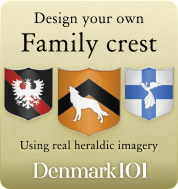
Why not see what your family crest could look like based on your own family characteristics?
Create CrestJoin the Irish Learning Rooms
Show off the Kinsella Family Crest…
Wear your crest with pride...plenty of products to choose from


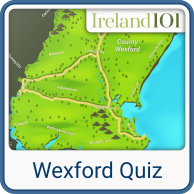
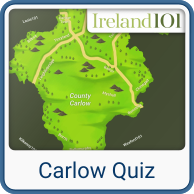
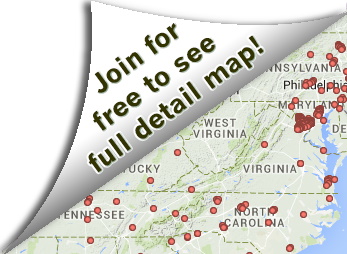
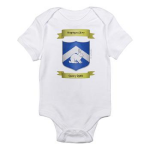
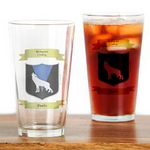
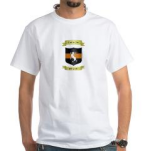
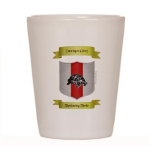
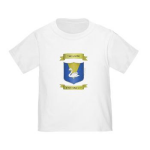
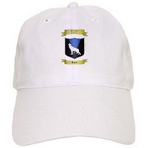
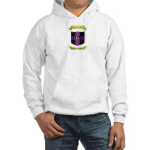
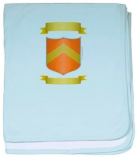
_(2).jpg)